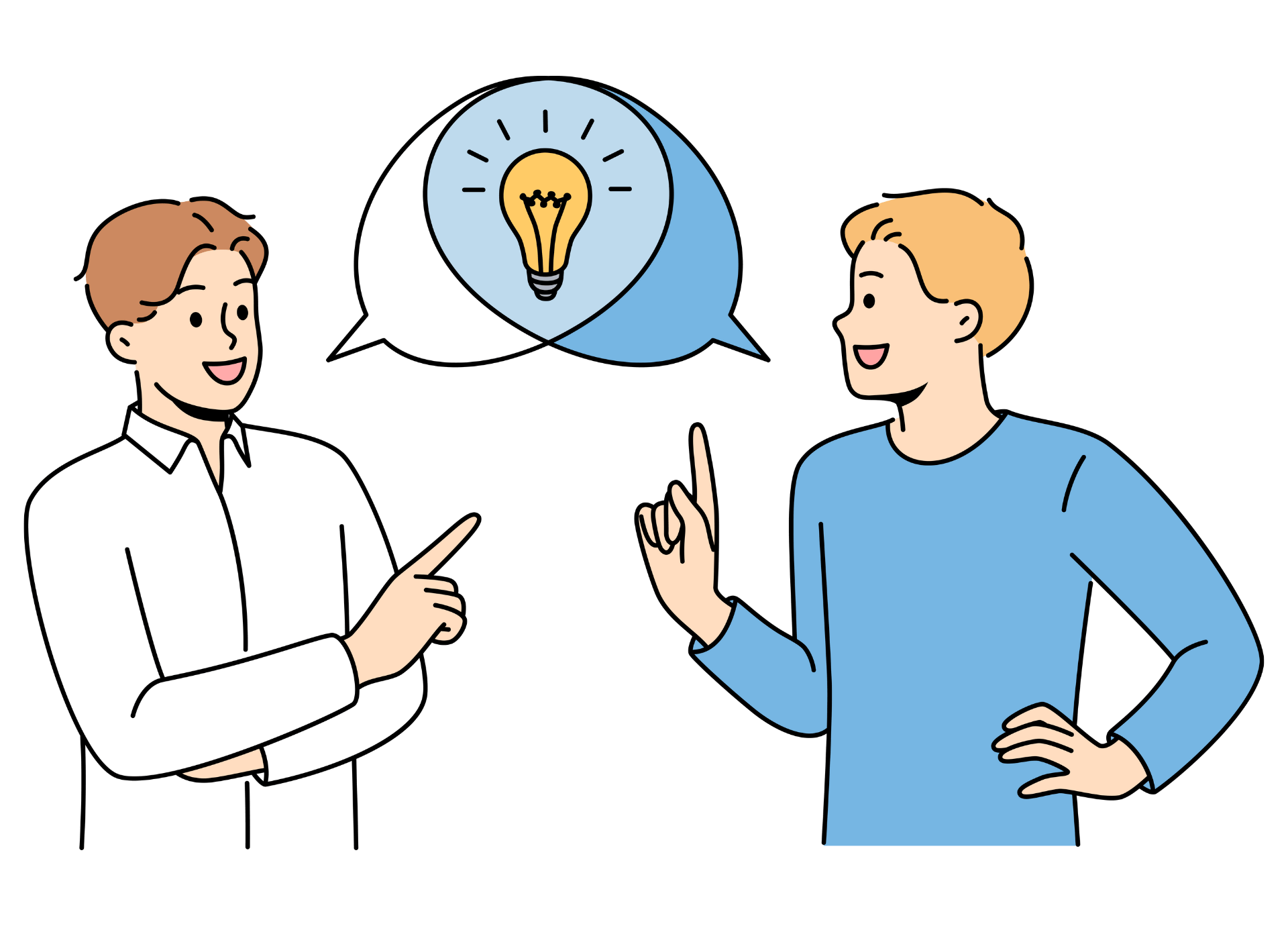違いに気づくこと
日本語教室「ことのは」へようこそ。ご訪問ありがとうございます。
私のレッスンでは、学習者さんからの質問がよくあります。集中していますよね。いつも感心します。
例えば、「いつ、日本へ来ましたか?」という質問に「1月に来ました」「先週来ました」という会話練習をしていると、「”に”が付くときと付かないときの違いは何ですか?」と質問がありました。
私は、文法の説明はしません。代わりにいくつかの例を伝えます。すると、みんなで相談が始まります。ルールがわかったようで、自分たちで質問と答える練習をはじめます。理解できているようです。すばらしいです。
説明することは簡単ですが、私は、その違いを学習者さん自身できづくことが大切だと思っています。ここで、自分たちで気づき、すぐに日本語を使っていくことが、話せることにつながっていくと思うからです。そして、「できた」「わかった」を感じて自信をつけていくのだと思います。説明するとその時はわかるというか、わかった気になってしまうんですよね。
もちろん、質問がなければ、あとからこの表現の違いを気づいてもらうようにします。こちらが一方的に説明するのではなく、学習者さんが自分で気づけるような工夫をしてレッスンを提供できるよう、私も日々勉強しています。
これからも応援しています。
では、素敵な一日を。

Noticing the difference .
Welcome to the Japanese language class “Kotonoha.” Thank you very much for visiting.
In my lessons, learners often ask questions. You are always so focused—I am impressed every time.
For example, while practicing a conversation such as:
“When did you come to Japan?”
“I came in January.” / “I came last week.”
a learner once asked, “What is the difference between when ‘に’ is used and when it isn’t?”
I don’t give a grammar explanation. Instead, I provide several examples. Then, the students begin to discuss among themselves. They seem to figure out the rule, and soon they start practicing asking and answering questions on their own. It looks like they really understand. That is wonderful.
Explaining the rule would be easy, but I believe it is important for learners to notice the difference by themselves. By making their own discoveries and immediately using Japanese in that moment, they become able to speak more naturally. And through that, they feel “I did it!” “I got it!” and build confidence. If I just explain, they may understand at the time—or rather, they may only feel like they understood.
Of course, if no one raises the question, I later guide them so that they notice the difference in expressions. Instead of one-sided explanations, I work hard every day to design lessons where learners can make their own discoveries.
I will continue to support you from now on.
Wishing you a wonderful day.



 Contact
Contact